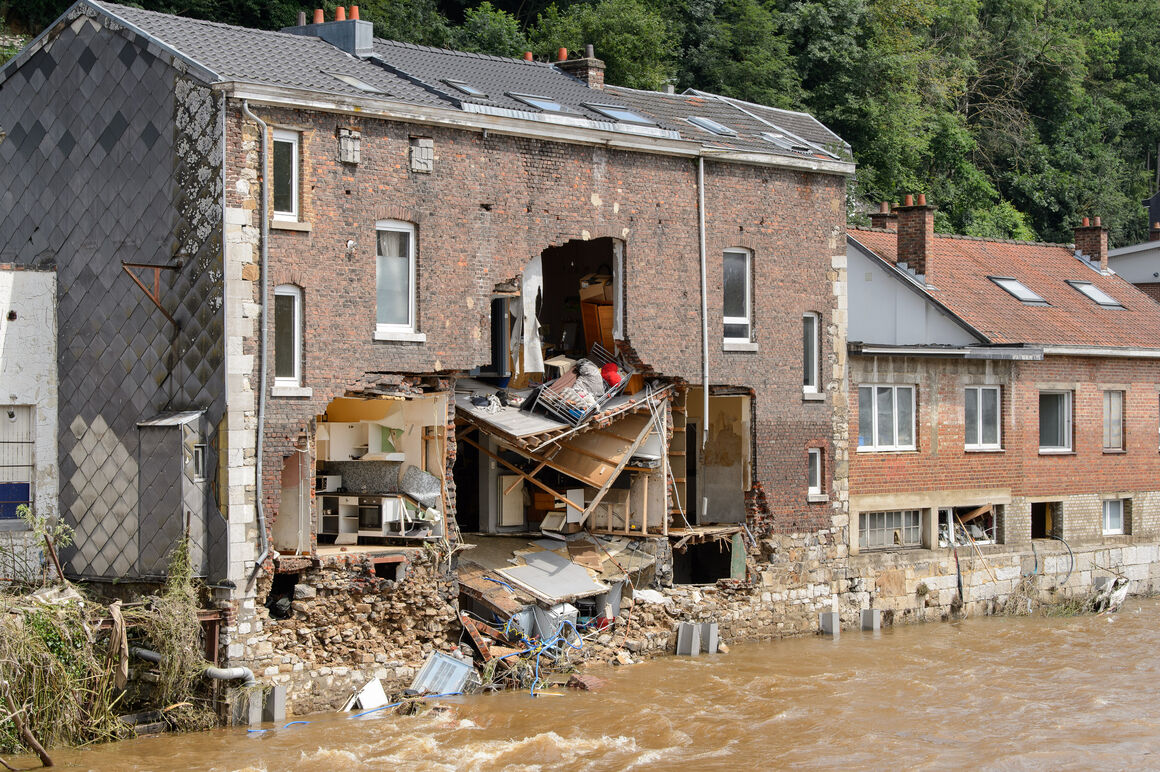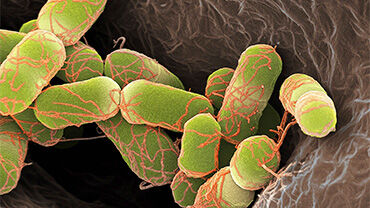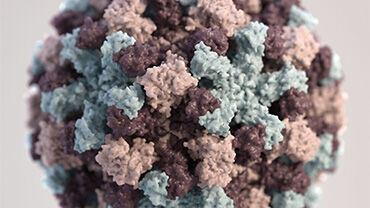Risk of infectious diseases in flood-affected areas from the European Union
The recent heavy rainfall and subsequent flooding in Belgium, Germany, Luxembourg and the Netherlands has caused substantial damage and has taken a high number of human lives.

The European Centre for Disease Prevention and Control (ECDC) is currently developing a rapid risk assessment to determine the risks of infectious disease outbreaks in flood-affected areas across the EU/EEA.
While recovery activities are ongoing, outbreaks of waterborne infections are possible, and people in areas affected by disruptions of sewage water systems are at risk of increased direct or indirect transmission of several gastrointestinal pathogens, particularly infections caused by E. coli, norovirus, rotavirus, Cryptosporidium, Giardia, Campylobacter, different Salmonella enterica serotypes, Shigella, and hepatitis A. Other diseases such as leptospirosis and tetanus may also occur more frequently.
To reduce the risk of waterborne infection, the following recommendations are advised:
- Drink only clean, safe water and eat only food that has not been in contact with floodwater or surfaces that have been in touch with floodwater;
- Do not use floodwater or water that has been in touch with floodwater for personal hygiene (e.g. washing or brushing teeth);
- Do not use floodwater to wash dishes wash vegetables or fruits, cook food or prepare baby food;
- Listen to and follow advice from authorities if and when the tap water is safe to drink;
- When in doubt, throw away any food and water that may have come into contact with floodwater.
The risk of vector-borne diseases is considered very low as none of the flood-affected areas in Belgium, Germany, Luxembourg, or the Netherlands have any history of West Nile virus circulation, nor established populations of the invasive mosquito Aedes albopictus, which is responsible for the transmission of diseases such as dengue and chikungunya.
The population displacement that occurs after flooding may lead to sub-optimal sheltering conditions and crowding which can also contribute to the increased risk of gastrointestinal and respiratory infections, as well as COVID-19. While volunteering, assisting or staying in shelters, face masks should be worn at all times, hand hygiene and respiratory hygiene measures should be practised.
Additionally, risks of vaccine-preventable diseases such as tetanus or hepatitis A should be assessed and all those without updated vaccinations should receive a booster dose. Vaccination programmes should continue to operate as much as possible, prioritising COVID-19 vaccination of the elderly and other risk groups, and MMR vaccination.
Wounds may be contaminated with sewage water or soil and wound infections are common if not managed appropriately.
For addressing the risks of infectious diseases, public health authorities may consider creating or scaling up real-time syndromic surveillance to detect outbreaks of gastrointestinal, respiratory, and other syndromes as early as possible.
ECDC will continue monitoring the situation and will provide updates within its mandate as they become available.







